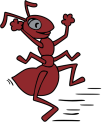 |
Keeping you Pest-Free Since 2003 |
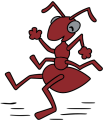 |
|---|
|
Jitterbug Pest Control offers safe and effective pest management to homes and businesses in Sandy, Utah. Jitterbug will customize safe effective service for all your pest needs. Tucked at the base of the Wasatch Mountains, Sandy is the home of Real Salt Lake. It also is home to many pests. Some of these pests include ants, spiders, mice, ants, voles, gophers, cockroaches, centipedes, earwigs, box elder bugs, elm seed bugs, and others. Jitterbug are the pest control experts in Sandy, Utah. We are prepared to satisfy all your pest needs whether they be rodent control, ant control, bed bug control, wasp nest removal, spider control, pest inspection, or pest prevention. While being local and providing affordable pest control, we offer years of expertise and are prepared to serve our community, while keeping your pets and family safe. Some of the pests that are included in service are Rodents, Rat, Clothes Moths, Spiders, Wood-Destroying, Black Widow, Hornets, Firebrats, Sowbugs, Voles, Yellow Sac, and other bugs and pests.
Call Today:
|
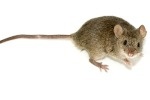

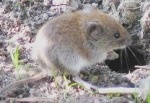













 | We use the best eco-friendly products - using them in the safest & most effective ways in and around your home. |
 | Locally owned and operated, so our focus stays in Utah. |
 | 5-star service. Check out our reviews! |
 | Free follow-up services for all general pests, if you need extra help between regular services just let us know. |
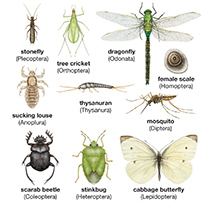 | We know our pests. We are committed to continual education as the industry continues to evolve and change. |
 | We customize our professional service to your specific needs! |
 | We are a family owned business, so we treat you like family too. |
| SLC County: 801-822-2081 |
Utah County: 801-766-9390 |